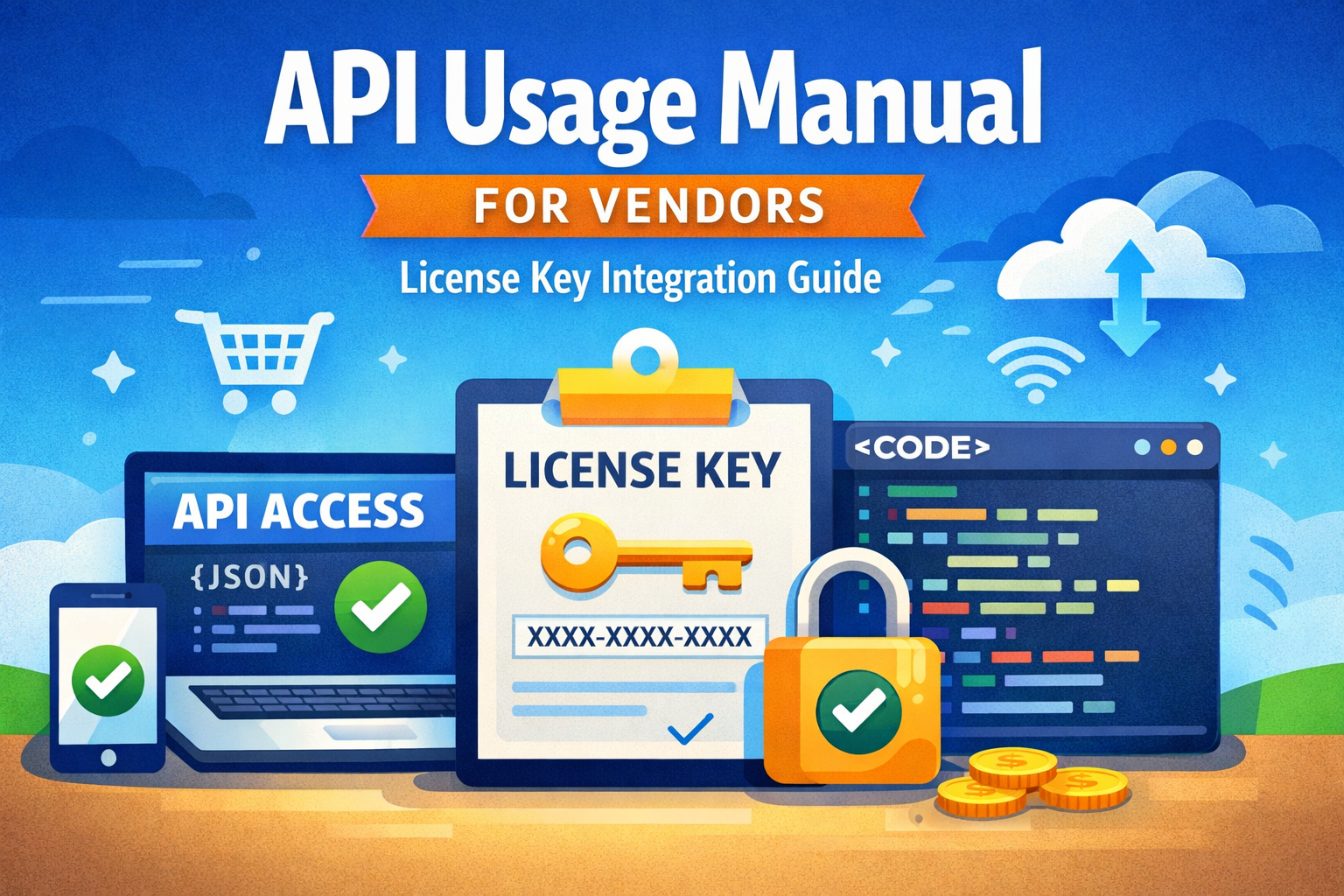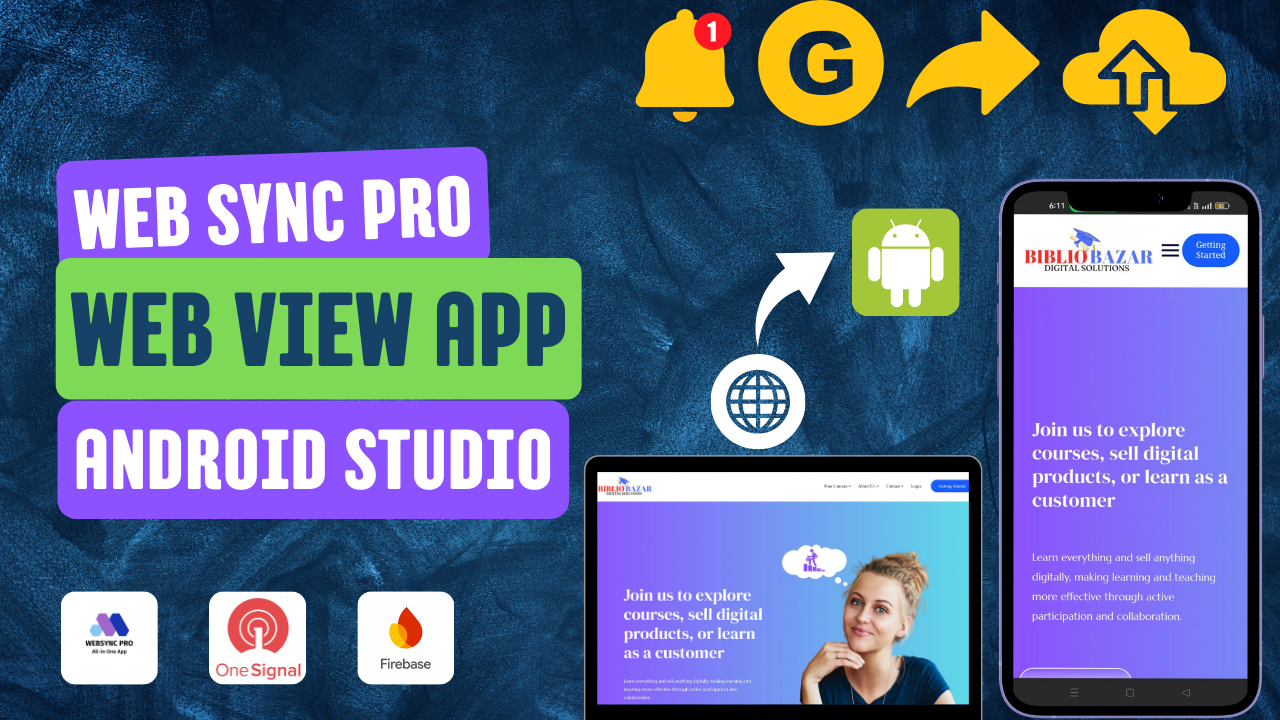Bibliobazar License Manager (Dokan Compatible) If you are a vendor selling digital products, plugins, apps, or APIs on our platform,
API Usage Manual for Vendors


Bibliobazar License Manager (Dokan Compatible) If you are a vendor selling digital products, plugins, apps, or APIs on our platform,

In today’s fast-moving digital marketplace, visitors expect instant answers, clear guidance, and relevant recommendations—without waiting for human support. The Bibliobazar

In this guide, you will learn how to modify an existing Android app using Android Studio. From renaming files to